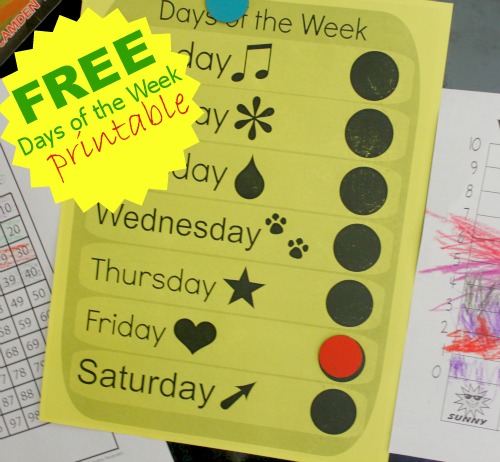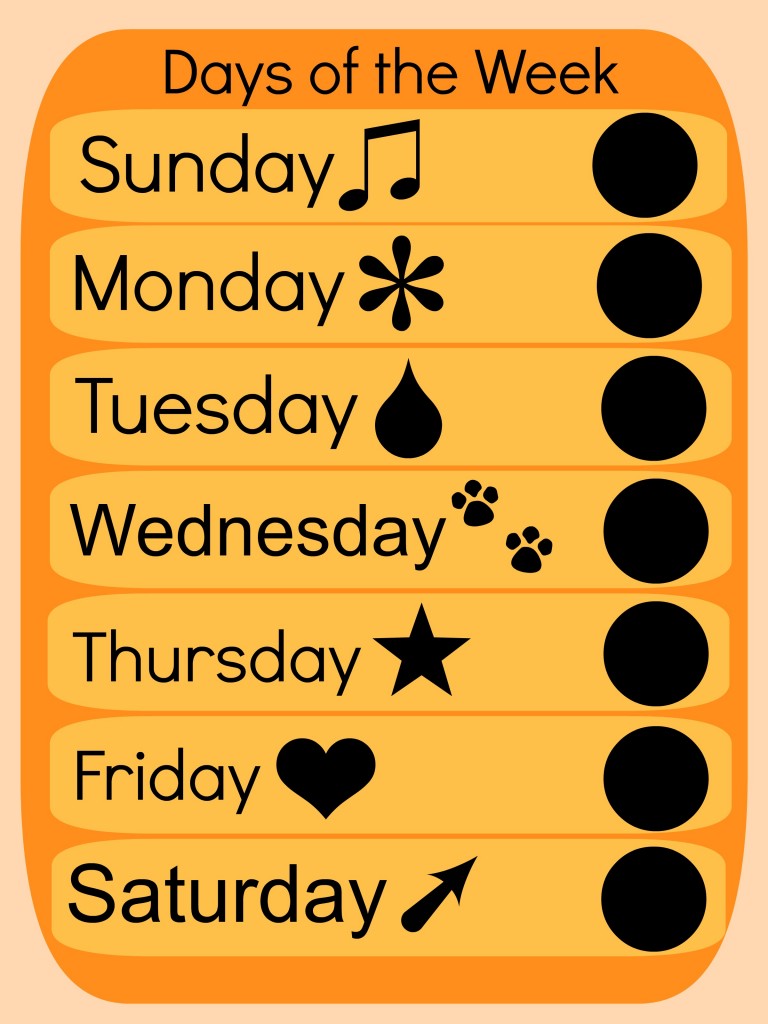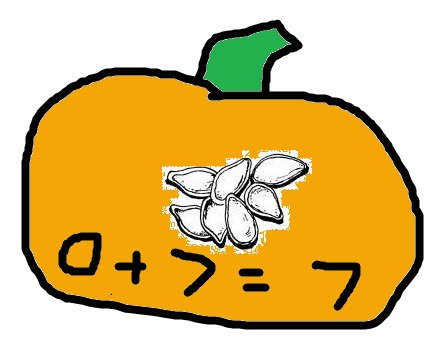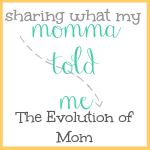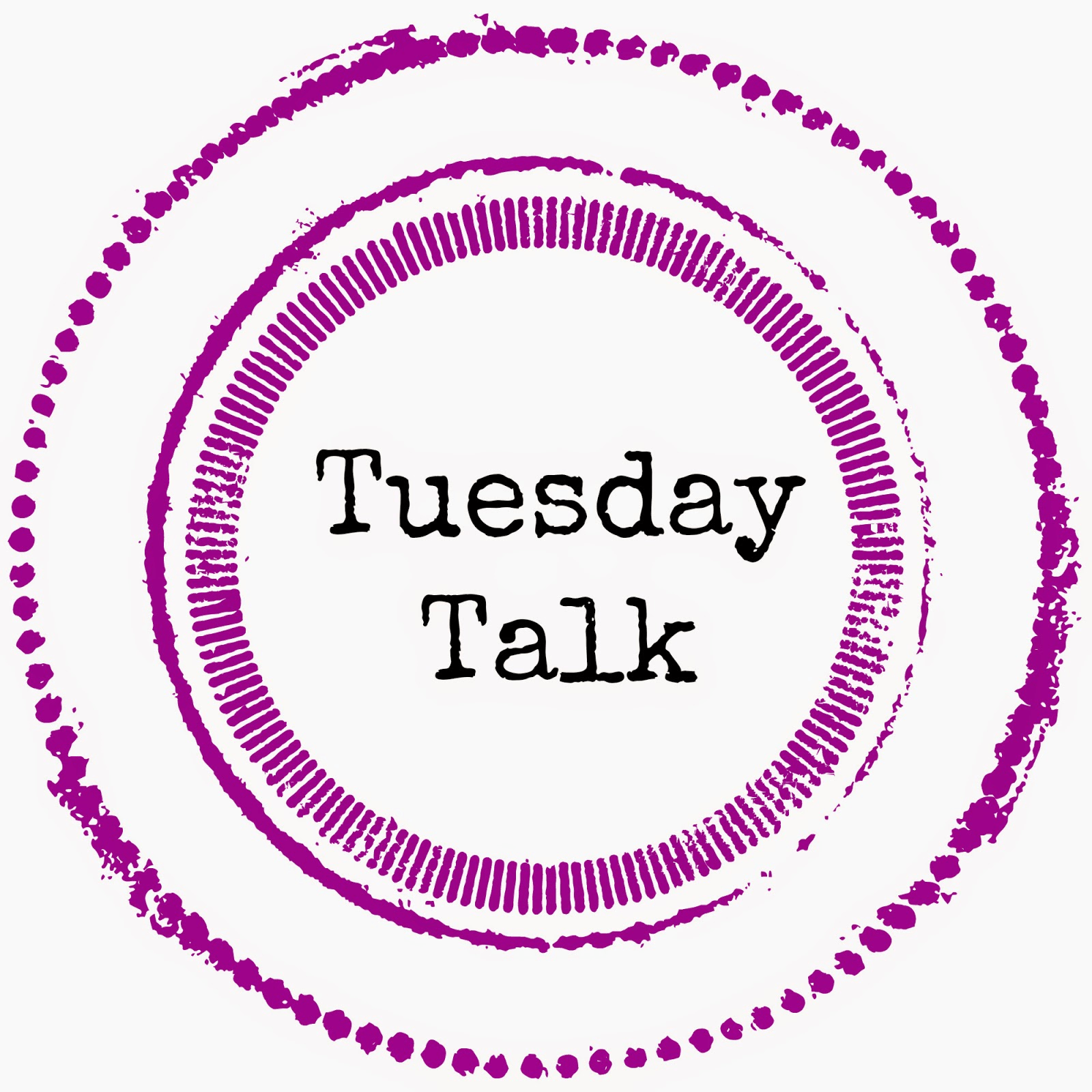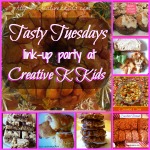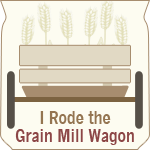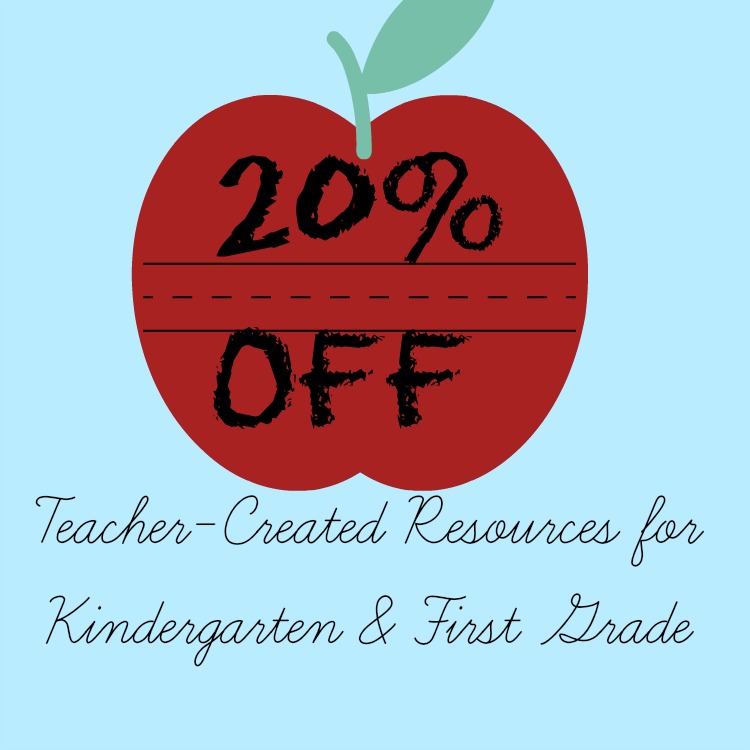 A couple years ago when I was doing preschool at home with my Certain Little Someone, I came across an amazing resource that I wished had been around back in the day when I was teaching K5. And now that I’m once again teaching preschool (K3 this time), I’m ever so grateful I live in this age of internet technology when I can access creative printables and other teacher tools at the drop of a hat… without dropping a ton of money!
A couple years ago when I was doing preschool at home with my Certain Little Someone, I came across an amazing resource that I wished had been around back in the day when I was teaching K5. And now that I’m once again teaching preschool (K3 this time), I’m ever so grateful I live in this age of internet technology when I can access creative printables and other teacher tools at the drop of a hat… without dropping a ton of money!
Teachers Pay Teachers
The resource I speak of is Teachers Pay Teachers, and I love the concept: all the material available is developed by actual teachers who’ve actually used what they’re selling. It’s totally a win-win all around, because the teacher who developed the material gets a little money on the side for all her (or his) hard work, and the teacher who purchases it receives a high-quality resource that does exactly what she needs without costing an arm and a leg.
Another thing I love about Teachers Pay Teachers is that the majority of what is available is very specific, so instead of buying a big huge $20 book full of printables, and using only a few pages, you can find - and pay for - only exactly what you need and only what will work for you.
So far, I haven’t created a lot of my own printables to sell on TPT, but my sister, who teaches K4/K5, has her own store on TPT where she offers printable worksheets for math and phonics. She currently targets a K5/1st grade level with the various worksheets she has available.
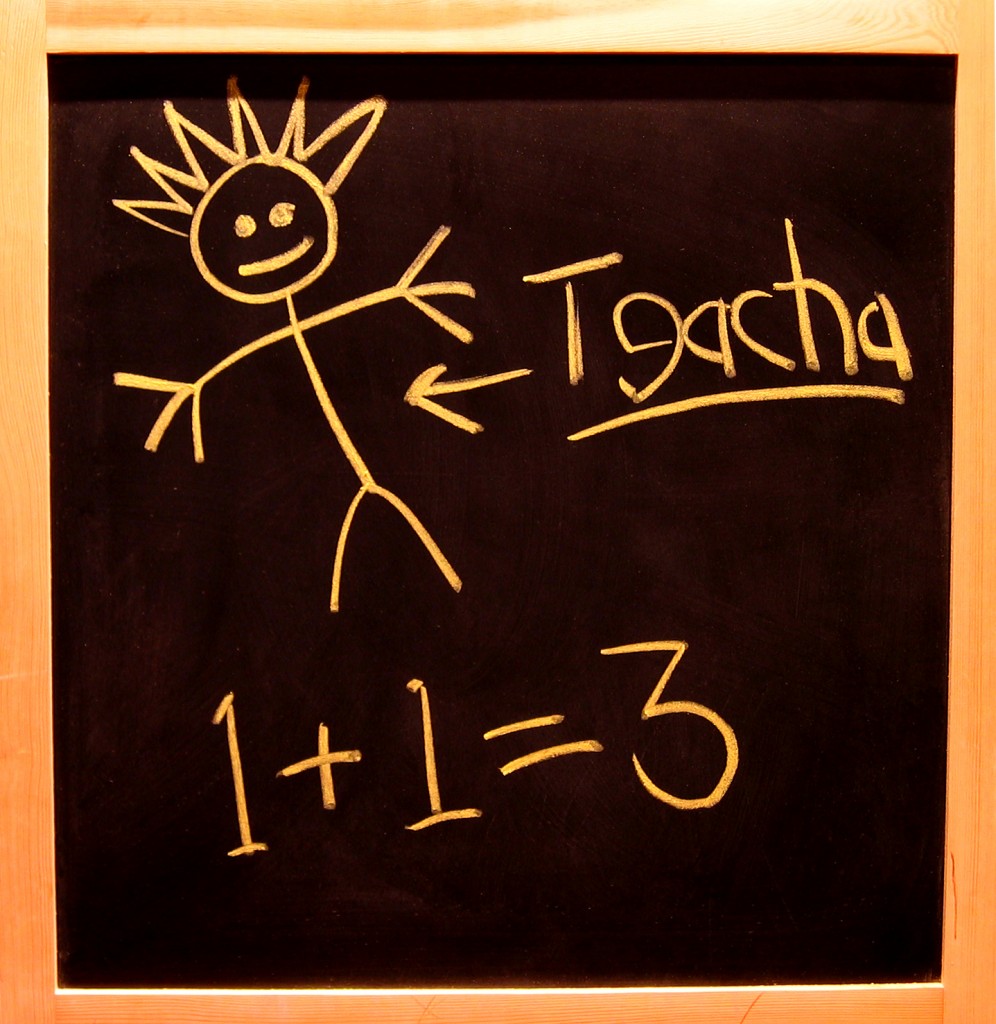 Love. Laugh. Teach.
Love. Laugh. Teach.
Each of her sets focuses on a particular skill - patterning, for example, or consonant blends - and drills through that skill in a progressive fashion, starting with easier tasks, and continuing until the student achieves mastery of the skill in question. Because of their targeted focus, her printable sets are perfect for anyone who needs extra work on a particular skill, or to use as supplementary seatwork or homework to really internalize a concept.
One of my favorite resources she offers is Simple Addition Word Problems for Beginner Readers. What I love about this one in particular is that it is uniquely designed for emerging readers who are just figuring out how to sound out simple words - I don’t think I’ve ever seen word problem practice worksheets written with that skill level in mind! It’s perfect for your student who loves math but isn’t so great with reading, and/or your little kindergartener/first-grader who could use a little practice with word problem skills but can’t quite read the more complicated ones.
My sister’s store on TPT is very appropriately called “Love. Laugh. Teach.” Since my class is right next door to hers, I can attest to the fact that she loves her students and they love her… and there certainly is a great deal of laughter going on! Follow her on Facebook here.
From now until Tuesday, April 8, you can purchase any product in the Love. Laugh. Teach. store for 20% off! No coupon code or secret handshake necessary. This is your perfect opportunity to check out the wonderfulness that is Teachers Pay Teachers, while supporting a teacher at the same time… and getting a good deal for yourself! I tell ya, win-win all around.
Whether you are a homeschooler or a school teacher, trust me, you’ll love what you find at Teachers Pay Teachers. So what are ya waiting for? Go check it out!

